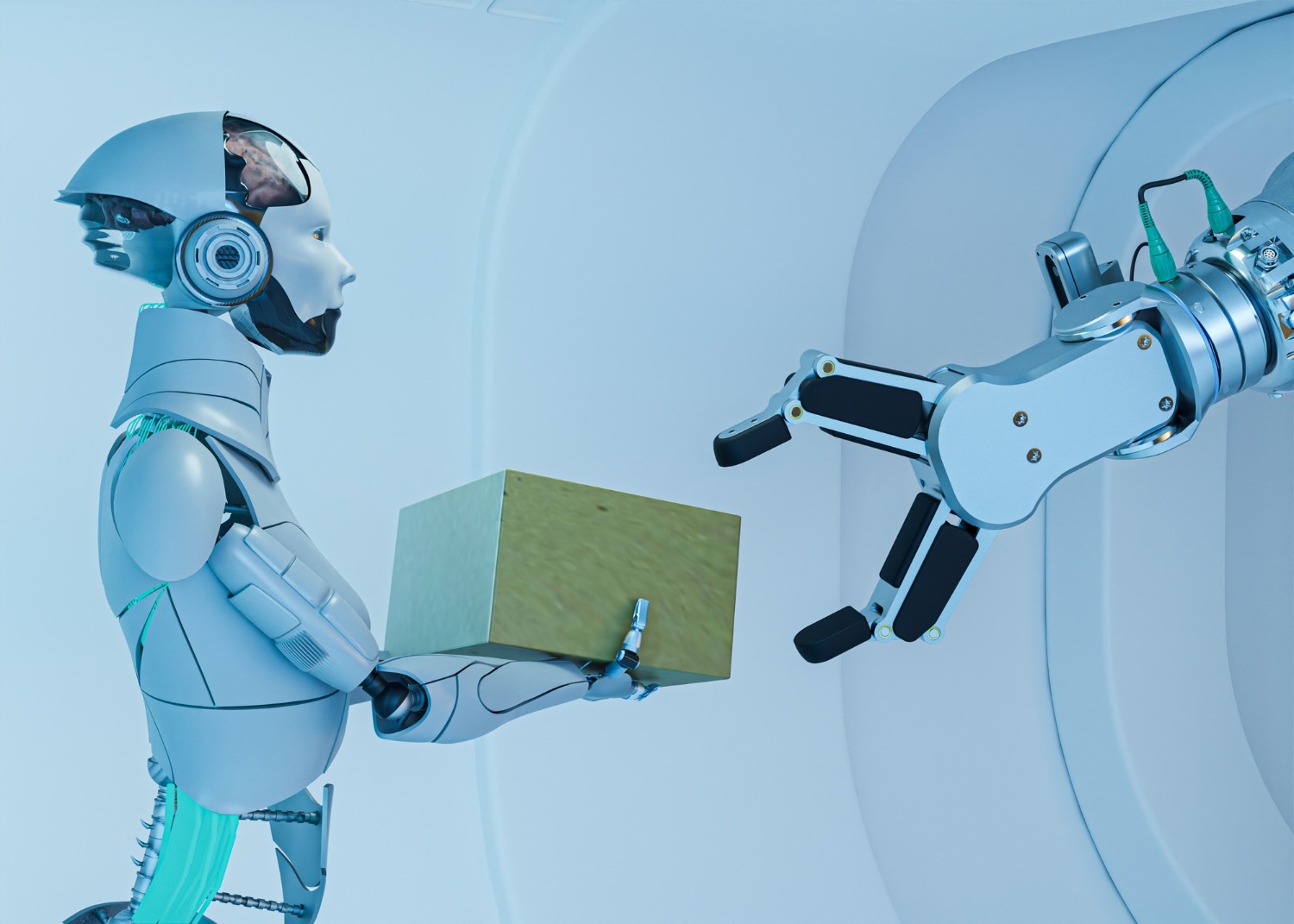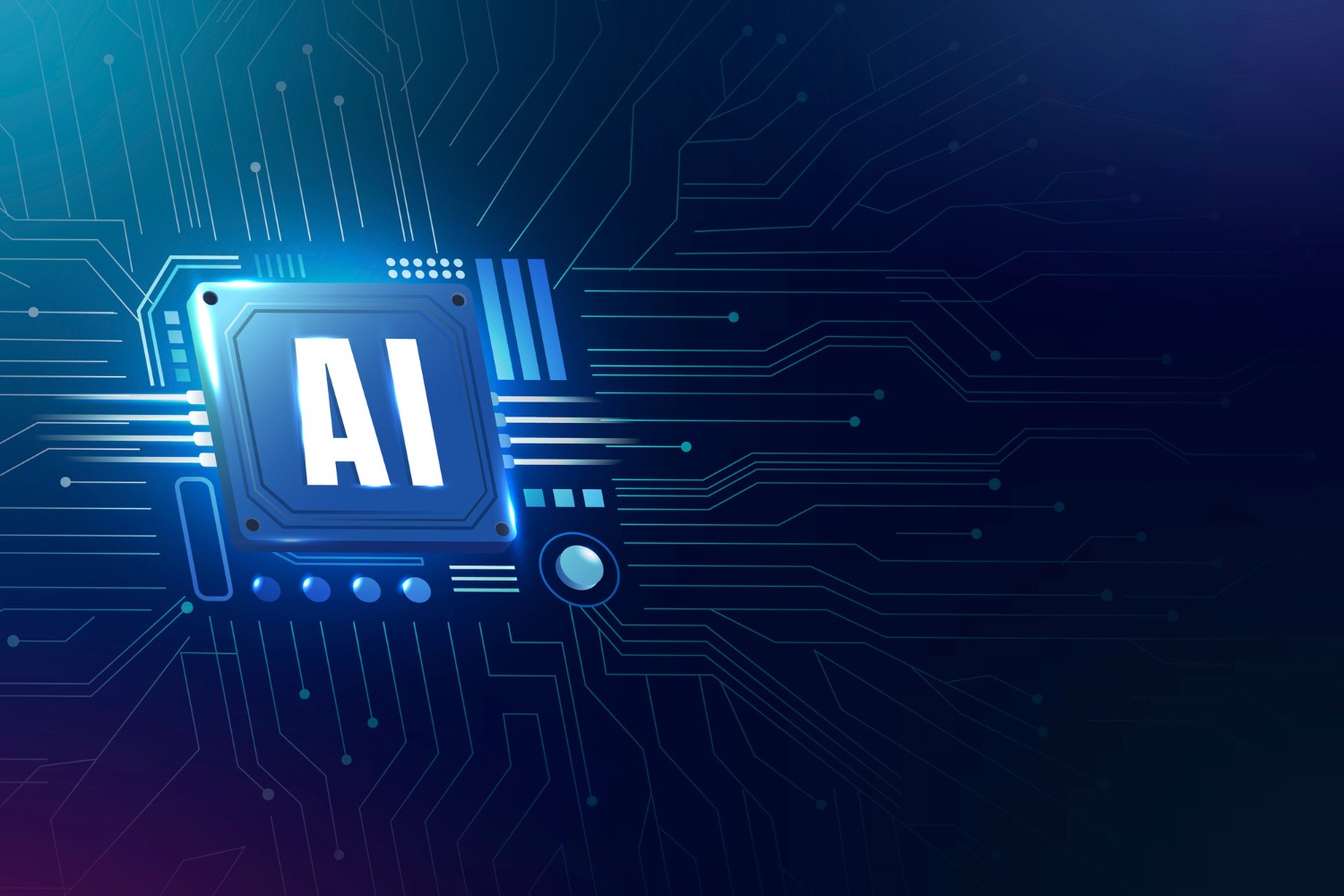Why Do We Even Need RAGs?
Large language models (LLMs) like GPT-4 and LLaMA have revolutionized how we interact with technology. These models, trained on vast amounts of data, are capable of generating human-like text, answering questions, and even assisting in creative tasks. However, despite their impressive capabilities, they are not without limitations. Issues such as knowledge freshness, factual accuracy, and context constraints often hinder their performance. This is where Retrieval-Augmented Generation (RAG) comes into play—a powerful framework designed to address these challenges and enhance the utility of LLMs.
The Limitations of Conventional Generative Models
While LLMs like GPT-4 and LLaMA are incredibly powerful, they face several critical challenges:
- Inconsistency: LLMs can sometimes produce inconsistent responses, especially when asked the same question in different ways. This inconsistency can undermine trust and reliability in applications where accuracy is paramount.
- Hallucination: One of the most significant issues with generative models is their tendency to “hallucinate” or generate information that is not grounded in reality. This can lead to the dissemination of incorrect or misleading information, which is particularly problematic in fields like healthcare, finance, and education.
- Outdated Knowledge: LLMs are typically trained on static datasets, meaning their knowledge is only as current as the data they were last trained on. In a world where information is constantly evolving, this can result in outdated or irrelevant responses.
These limitations highlight the need for a more robust approach to leveraging LLMs in real-world applications. Enter Retrieval-Augmented Generation (RAG).
What is RAG?
RAG is an AI framework that combines the strengths of traditional information retrieval systems with the generative capabilities of LLMs. The core idea behind RAG is to augment the generative model with external, up-to-date knowledge sources, such as databases, documents, or even live data feeds. This allows the model to retrieve relevant information in real-time and generate responses that are not only accurate but also contextually relevant and timely.

How Does RAG Work?
The RAG framework operates in two main steps:
- Retrieval: When a query is posed, the system first retrieves relevant information from an external knowledge source. This could be a database, a collection of documents, or even a live data stream. The retrieval process ensures that the information used to generate a response is both accurate and up-to-date.
- Generation: Once the relevant information is retrieved, the LLM uses its generative capabilities to craft a coherent and contextually appropriate response. By combining the retrieved knowledge with its own language skills, the model can produce text that is more accurate, relevant, and tailored to the user’s specific needs.
Benefits of RAG
- Improved Accuracy: By leveraging external knowledge sources, RAG significantly reduces the risk of hallucination and ensures that the generated responses are factually accurate.
- Up-to-Date Information: Since RAG can access real-time or frequently updated data, it overcomes the limitation of outdated knowledge that plagues conventional LLMs.
- Contextual Relevance: RAG allows for more contextually relevant responses by retrieving information that is specifically related to the query, rather than relying solely on the model’s pre-trained knowledge.
- Customizability: RAG can be tailored to specific domains or applications by ingesting custom knowledge bases. This makes it particularly useful for specialized fields where accuracy and relevance are critical.
Applications of RAG
RAG has a wide range of applications across various industries:
- Healthcare: Providing accurate and up-to-date medical information to both patients and healthcare professionals.
- Customer Support: Enhancing chatbots and virtual assistants with the ability to retrieve and generate precise answers to customer queries.
- Education: Offering students and educators access to the latest information and resources in real-time.
- Finance: Assisting financial analysts with up-to-date market data and insights.
Conclusion
While conventional generative models like GPT-4 and LLaMA have set new benchmarks in natural language processing, their limitations in terms of consistency, accuracy, and knowledge freshness cannot be ignored. RAG offers a compelling solution by combining the strengths of information retrieval systems with the generative capabilities of LLMs. This hybrid approach not only enhances the accuracy and relevance of generated text but also ensures that the information provided is up-to-date and contextually appropriate.




